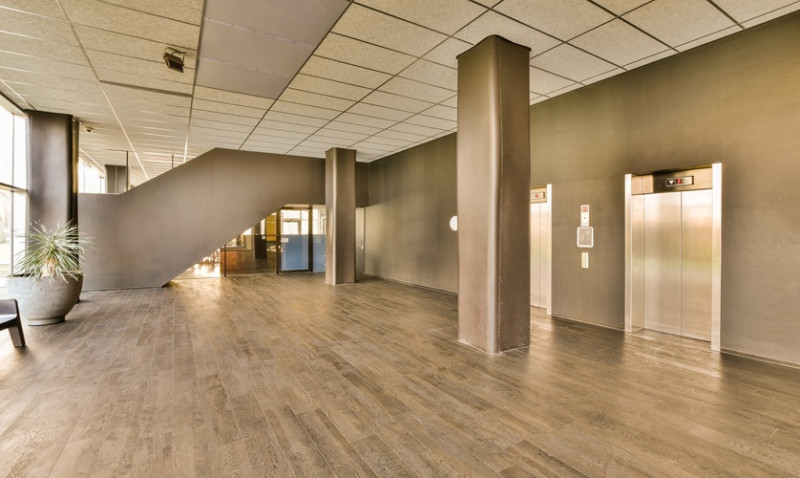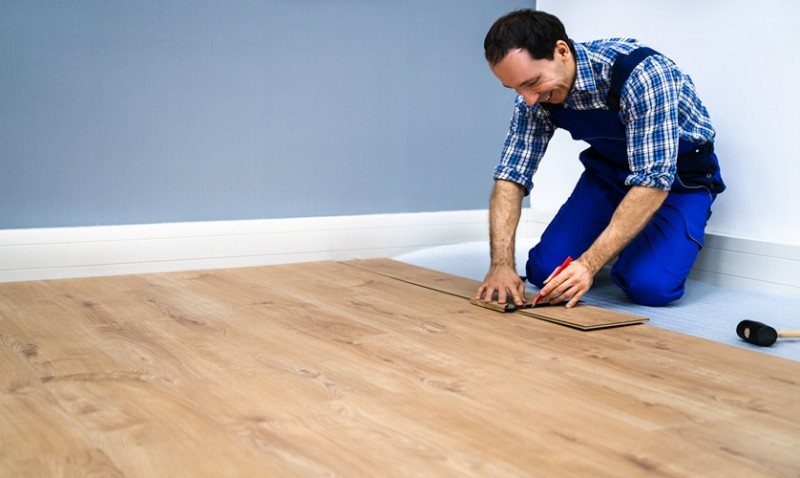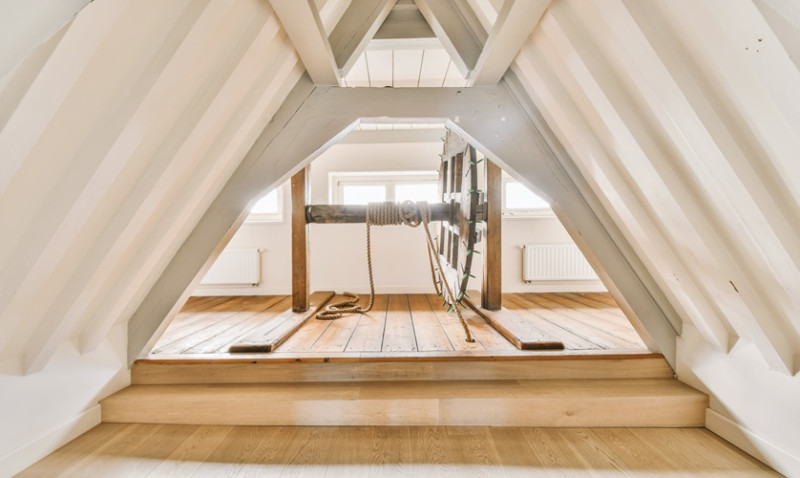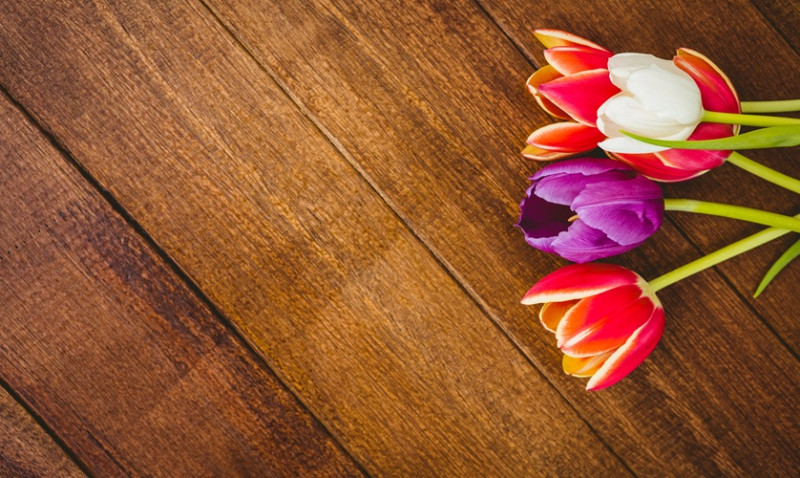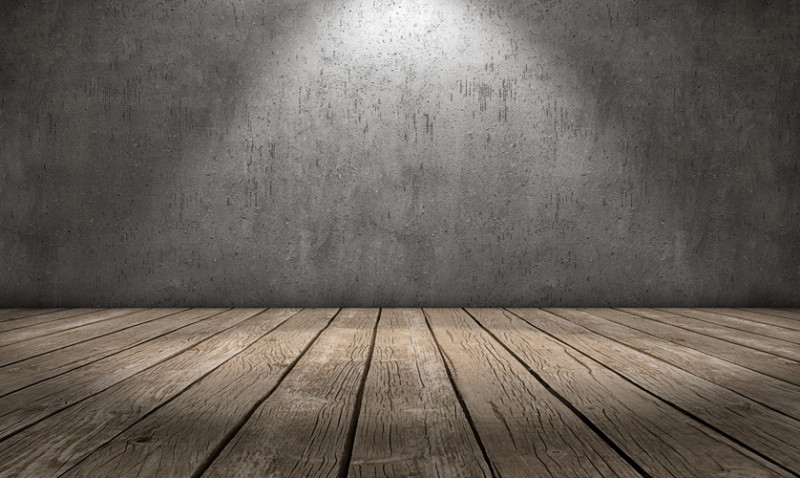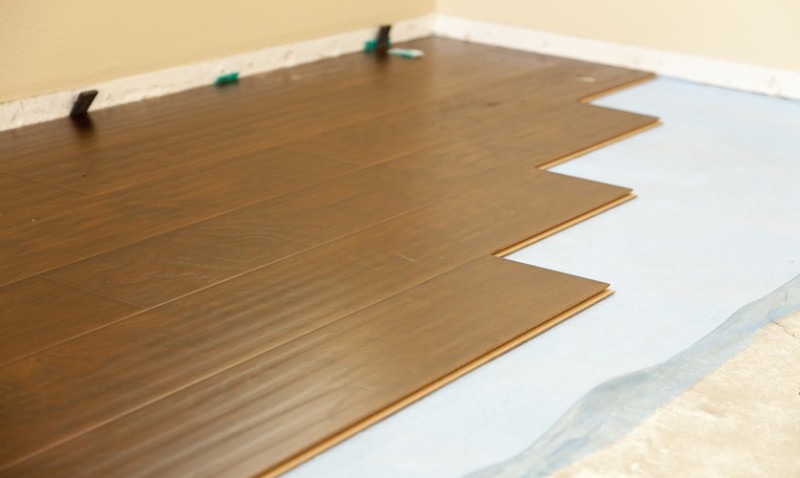
Choosing the right flooring for your home can significantly impact both aesthetics and functionality. For DIY enthusiasts, young professionals redecorating their homes, architects, designers, and professional tradesmen across the United Kingdom, laminate and vinyl flooring have emerged as two of the most popular choices. Both options offer affordability, durability, and style, but each has unique characteristics that make them suitable for different needs and preferences.
In this comprehensive guide, we'll delve deep into the differences between laminate and vinyl flooring, exploring their pros and cons, installation processes, maintenance requirements, and suitability for various rooms. By the end of this article, you'll have all the information you need to confidently choose the perfect flooring solution for your modern home.
What is Laminate Flooring?
Laminate flooring is a synthetic flooring product composed of multiple layers fused together through a lamination process. Typically, laminate flooring consists of a high-density fibreboard (HDF) core, a photographic layer that mimics wood or stone, and a protective wear layer on top. This layered construction provides laminate flooring with durability, stability, and an attractive appearance.
One of the main reasons laminate flooring has become popular among DIY enthusiasts and professionals alike is its ease of installation. Laminate flooring typically features a click-lock system, allowing planks to snap together without the need for adhesives or nails. This makes it an ideal choice for those looking to undertake a quick and straightforward home renovation project.
Laminate flooring is also known for its affordability. Compared to traditional hardwood or stone flooring, laminate offers a cost-effective alternative without compromising on aesthetics. With advancements in printing technology, laminate flooring now closely resembles natural materials, providing homeowners with a stylish and budget-friendly flooring solution.
However, laminate flooring does have some limitations. It is less resistant to moisture compared to vinyl flooring, making it less suitable for areas prone to water exposure, such as bathrooms or kitchens. Additionally, laminate flooring can be susceptible to scratches and dents, particularly in high-traffic areas or homes with pets.
What is Vinyl Flooring?
Vinyl flooring is a synthetic flooring material made primarily from polyvinyl chloride (PVC). It is available in various forms, including luxury vinyl tiles (LVT), luxury vinyl planks (LVP), and sheet vinyl. Vinyl flooring is known for its exceptional durability, water resistance, and versatility, making it a popular choice for modern homes across the UK.
One of the standout features of vinyl flooring is its impressive water resistance. Unlike laminate flooring, vinyl is entirely waterproof, making it an ideal choice for moisture-prone areas such as bathrooms, kitchens, utility rooms, and basements. This waterproof quality ensures that vinyl flooring remains stable and undamaged even when exposed to spills or humidity.
Vinyl flooring also offers excellent durability and resilience. It is highly resistant to scratches, dents, and stains, making it suitable for busy households, families with children, and pet owners. The protective wear layer on vinyl flooring ensures that it maintains its appearance and performance even in high-traffic areas.
Another advantage of vinyl flooring is its comfort underfoot. Vinyl flooring typically has a softer and warmer feel compared to laminate, providing enhanced comfort and insulation. This makes vinyl flooring particularly appealing for bedrooms, living rooms, and other areas where comfort is a priority.
However, vinyl flooring can sometimes be more expensive than laminate flooring, particularly when opting for high-quality luxury vinyl products. Additionally, vinyl flooring may require professional installation, especially sheet vinyl, which can be challenging for DIY enthusiasts to handle without experience.
Laminate vs Vinyl: Key Differences
To help you clearly understand the differences between laminate and vinyl flooring, we've summarised the key distinctions in the table below:
| Feature | Laminate Flooring | Vinyl Flooring |
|---|---|---|
| Material Composition | HDF core with photographic layer and protective wear layer | PVC-based synthetic material |
| Water Resistance | Moderate (not suitable for wet areas) | Excellent (fully waterproof) |
| Durability | Good, but susceptible to scratches and dents | Excellent, highly resistant to scratches and dents |
| Installation Method | Click-lock system (DIY-friendly) | Click-lock, adhesive, or loose-lay (varies by product) |
| Comfort Underfoot | Firm and cooler feel | Softer and warmer feel |
| Cost | Generally more affordable | Can be more expensive, especially luxury vinyl |
| Maintenance | Easy, but avoid excessive moisture | Very easy, fully waterproof and stain-resistant |
Installation: Laminate vs Vinyl
When it comes to installation, laminate flooring is often the preferred choice for DIY enthusiasts due to its straightforward click-lock system. Laminate planks simply snap together, eliminating the need for adhesives or nails. This makes laminate flooring installation quick, easy, and accessible even for beginners.
Vinyl flooring installation methods vary depending on the product type. Luxury vinyl planks and tiles often feature click-lock systems similar to laminate, making them DIY-friendly. However, sheet vinyl typically requires professional installation due to its size, weight, and the need for precise cutting and adhesive application.
For DIY enthusiasts looking to tackle flooring installation themselves, laminate flooring or luxury vinyl planks and tiles are excellent options. However, if you're considering sheet vinyl, it's advisable to seek professional assistance to ensure a flawless finish.
Maintenance and Care: Laminate vs Vinyl
Both laminate and vinyl flooring are relatively low-maintenance options, making them ideal for busy households and professionals with limited time for upkeep. However, there are some differences in their maintenance requirements.
Laminate flooring requires regular sweeping or vacuuming to remove dirt and debris. It's essential to avoid excessive moisture when cleaning laminate floors, as water can seep into the seams and cause damage. Instead, use a damp mop with a laminate-specific cleaning solution to maintain cleanliness without risking water damage.
Vinyl flooring is even easier to maintain, thanks to its waterproof and stain-resistant properties. Regular sweeping or vacuuming, combined with occasional mopping using a mild detergent, is sufficient to keep vinyl floors looking pristine. Vinyl flooring's resistance to moisture and stains makes it particularly suitable for kitchens, bathrooms, and other areas prone to spills and messes.
Conclusion: Which Flooring is Right for You?
Ultimately, the choice between laminate and vinyl flooring depends on your specific needs, preferences, and the room's intended use. If you're looking for an affordable, DIY-friendly flooring option with a realistic wood or stone appearance, laminate flooring is an excellent choice. However, if water resistance, durability, and comfort underfoot are your top priorities, vinyl flooring may be the better option.
By carefully considering the factors outlined in this guide, you'll be well-equipped to make an informed decision and select the perfect flooring solution for your modern UK home.
Meta Description: Laminate or vinyl flooring? Explore our ultimate flooring showdown comparing durability, style, cost, and ease of maintenance to find the perfect choice for your modern home.
This is not an official Relevance AI email.
It was created and sent as part of a user-created tool
